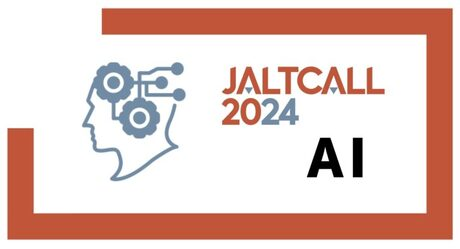Speaker
Description
This poster presentation exhibits a method of language acquisition, employing Virtual Reality (VR) photo-based tours as a means to appreciate a foreign language and the cultures that are connected to it.
In this poster presentation, I shall discuss the development of VR Photo-Based Tours to address the needs of three different projects that incorporated the linguistic and cultural elements of English, Filipino, and Japanese. The tours incorporate interactive components, such as hotspots accompanied by lexical labels and situational discussions.
The study utilized a mixed-method research approach, incorporating both quantitative assessments of vocabulary retention and qualitative input on learner involvement.
The study investigated the relationship between spatial presence, which refers to the feeling of "being there" in a virtual reality (VR) environment, and situational interest and motivation in language learning. The findings revealed a notable and favorable correlation, indicating that increased levels of spatial presence in virtual reality tours augment the situational interest in language acquisition. The qualitative findings emphasize the importance of ergonomics, the physical space in which the tours are experienced, and the scenic novelty of the place being featured in the tours.
Incorporating VR photo-based tours into language teaching shows potential for improving learner engagement and efficacy in acquiring vocabulary. The strong association between spatial presence, situational interest, and learning outcomes presents opportunities for incorporating technology in educational environments.
| Keywords | virtual reality, virtual tours, EFL, Japanese Language Education, Filipino Language Learning |
|---|

